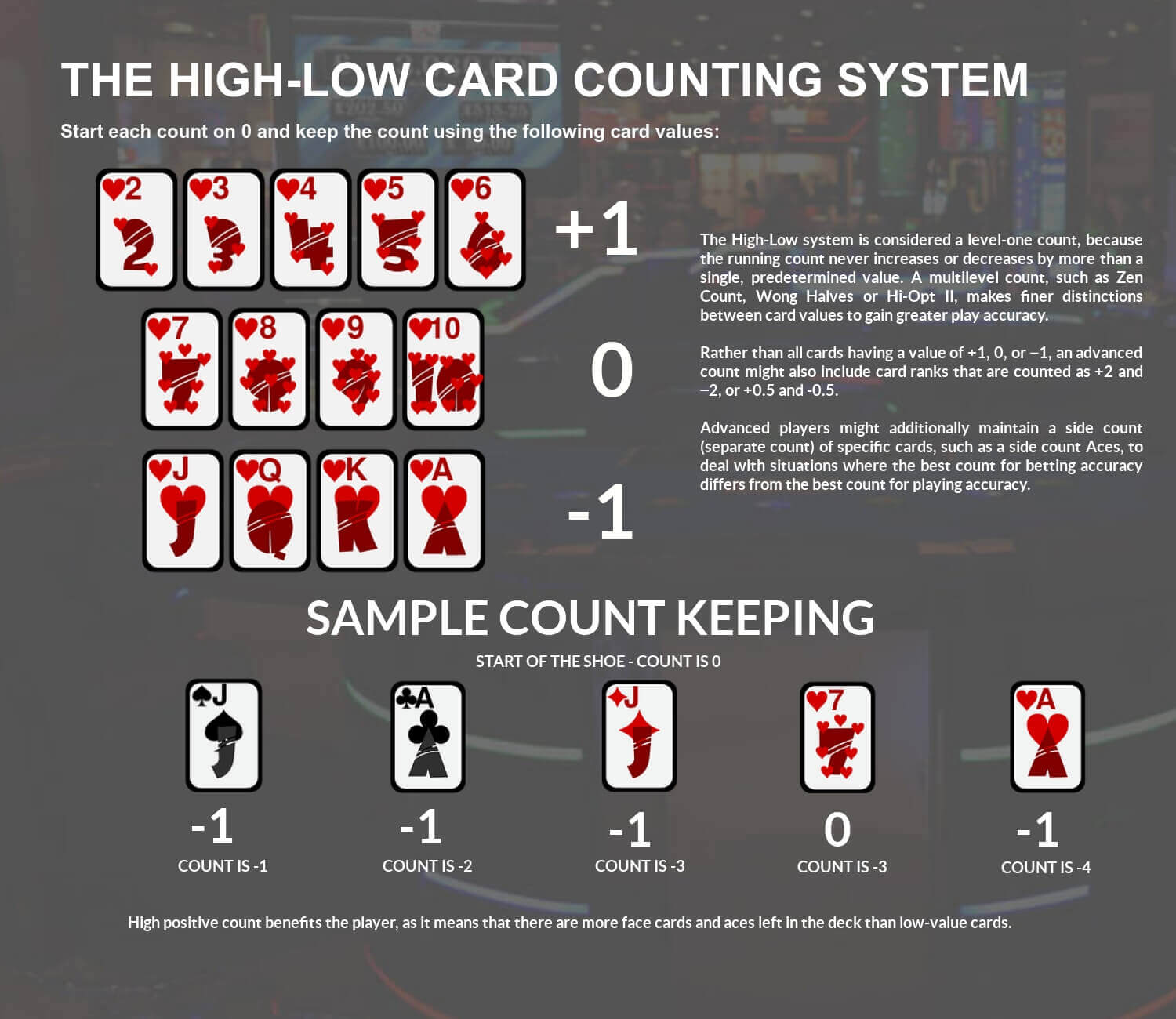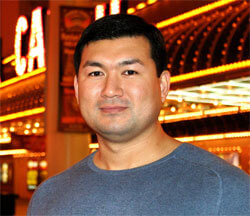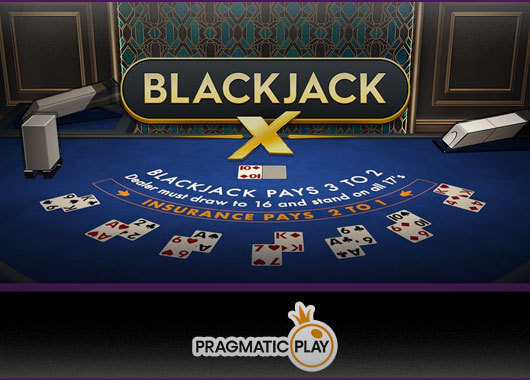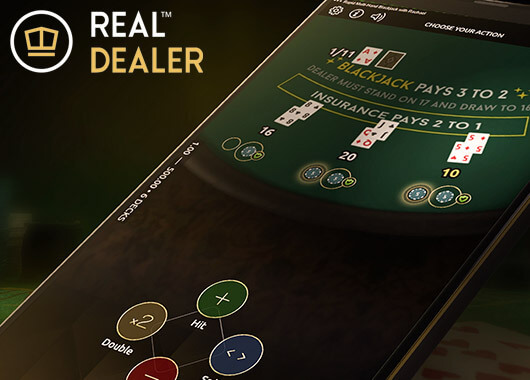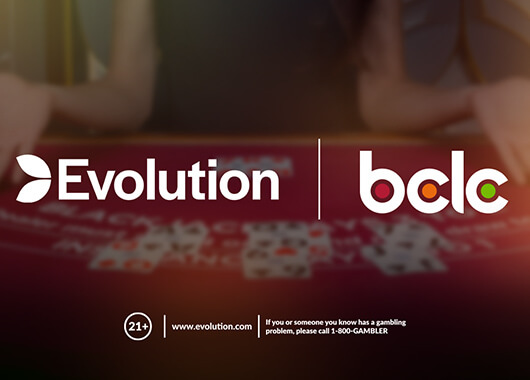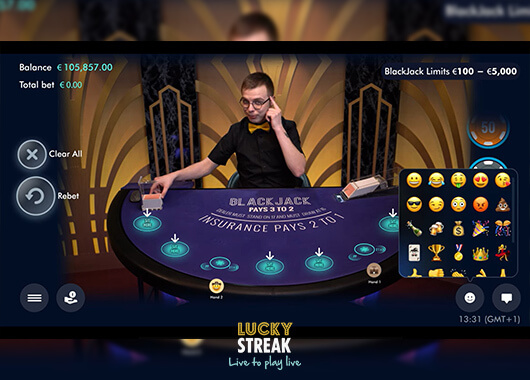How Casinos Actively Attempt to Thwart Card Counting
By nature, card counting is a sneaky activity that is not meant to have attention brought to it. Understanding this, casinos to this very day have a tough time putting an out and out stop to the practice. If you are caught counting cards, the casino may do as they did to the MIT team and simply bar them from playing blackjack, but more often than not people are not caught, but simply suspected of card counting. The methods by which casinos attempt to stop or catch card counting are nothing overly special or unique.
Cameras and Trained Operators
If you have ever been on the floor of a casino, a quick look at the ceiling will unveil hundreds and hundreds of cameras that are watching you and every other patrons’ moves. The people viewing these closed-circuit camera systems are security staff trained to spot cheaters. The trained casino staff will take into consideration all sorts of nonverbal cues in order to identify any sort of card counting activity and put a stop to it as quickly as possible.
When it comes down to it, there are a few different methods a casino can stop a suspected card counter without bringing a lot of attention to what they are doing. Casinos are careful in how they handle these situations because they understand that causing a scene and regularly kicking players out is bad for business. As such, there are subtle methods employed that have been proven to be quite effective.
Distracting the Player
By now, you have probably gathered that card counting is a practice that takes an extreme attention to detail. If a player who is attempting this is distracted at all, their count may be thrown off entirely. For this reason, casino comps prove to be one of the absolute most effective methods at thwarting a card counter.
Once a player begins to go on a large winning streak, they will be approached by a host that will offer them all sorts of free stuff. Whether it be a room upgrade, free meals, or a variety of other item, the host will greet the player, compliment them on how well they are doing, and proceed to give them what seems like a generous gift or set of gifts.
The reason this is most effective is multifaceted. For one, the card counter may realize exactly what is happening and choose to quit while they are ahead. Another reason this method is proven to work is because of what was mentioned above. The player, once engaged in conversation with the host, will lose focus on the action at the table and understand that their count has been muddied and thus their chances of continuing a large winning streak will have been minimized.
Shuffling in the Middle of a Shoe
In a standard casino blackjack game, multiple decks of cards are shuffled together and cut. Once the cut card emerges, the cards are shuffled and the game will proceed as normal. Of course, once the cards are shuffled the card counter will need to restart their count. Casinos understand that card counters can be entirely thrown off by a single shuffle, so in instances where card counting is suspected the dealer may be ordered by the pit boss to shuffle the decks before the cut card has emerged. A truly skilled card counter will simply use this as an opportunity to restart their count and continue playing, but many will take their winnings and move on.
An Outright Ban
If a casino has unsuccessfully attempted to thwart a player who is counting cards, they may simply approach them and ask them to leave. On occasion, the player in question will be asked to leave the property altogether, but often times they will simply be told that they are no longer able to play blackjack. The reason the latter of the two options is often pursued has a lot to do with how the casino is perceived by other on looking players. Once again, casinos understand that coming up to a table and rudely and abruptly telling a player they are banned leads to a situation where that establishment may garner a reputation of banning any player that performs well. In the never-ending pursuit of profits, this is not a practice a casino wants to be known for.
Instead, they may simply and politely inform the player that they are no longer welcome at the blackjack tables. They may even go as far as to play it off as though the player is winning too much money, playing too well, and that they cannot withstand such losses. A ban from blackjack alone may lead to a situation where the card counter moves on to less favorable games such as craps and gives the casino back some of what they’ve won.
Card counting is something that does happen, but it is also something you, as a casino patron, are likely to never see. Whether it be because the card counter is not caught or because the casino is extremely cautious with how they thwart him/her, it is just not a situation you will often encounter.

